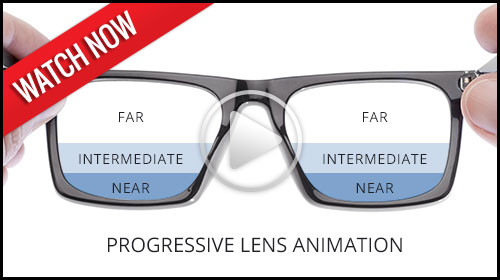Blog
To play golf well, you have to do more than just read the green. You need to spot the transitions between the fairway, fringe and rough. You have to gauge distance with accuracy, and you need a good eye for grass textures. Prizm Golf lenses help golfers with all these things and more. The separation of colors gives you more depth cues to gauge distance for wedge shots, and when you’re on the green, you can easily differentiate grass conditions and grain direction to predict ball speed.
Learn more about Oakley Prizm at https://oakley.com/prizm
Read more: Oakley Prizm Golf Lenses: See What You've Been Missing
Details matter. They’re the difference between hesitation and confidence. Finishing, and a personal best. Winning, and losing. Introducing the most advanced lens technology yet, Oakley Prizm. See what you’ve been missing.
Learn more https://www.oakley.com/prizm














